Also available in: Italian
The Exhibition “Bellissima” (Beautiful) closed its doors in Villa Reale Monza, Italy, a few days ago in order to fly to Florida, where it will open on February 7th at the NSU Art Museum, with its prestigious selection of clothes, pictures, samples and interesting historical documents.
Let me tell you something about it.
The exhibition is a narrative chronicling the intersecting elements of fashion, society, and the Italian way of life. It provides a glimpse of Italy after World War II, as its people resurrected the quest for beauty through a blend of fashion, art, film, literature and design.
First, an artistic couple will greet you: a Mila Schon coat is matched with a piece of art (Concetto spaziale – Attese 1964) by Fontana. Fashion and art have always been a winning combination: whether an iconic Mondrian-inspired dress by YSL or the Byzantine mosaics reinterpreted by Dolce and Gabbana. In the section marked “Arti” (Arts), you’ll be delighted to see hand-painted clothes by Paolo Scheggi, the “Homage to Burri” coat, and a dress of woven ribbons with optical effects inspired by Vasarely’s artwork.
Even the daytime looks (“Giorno”) will surprise you with their fabric quality and refined details. They serve as a reminder that in that era, even the standards of daily glamour were high.
Get ready to dream big (screen) at the “Cinema” stand, with legendary looks that have been worn by Ava Gardner, Gina Lollobrigia and Sophia Loren. A dressmaker in Rome used to create clothes for the movie stars, and often the professional collaboration morphed into personal friendship. The natural consequence of such relationships was that the designer ultimately took care of the actress’ whole wardrobe.
The “cocktail” look refers to the perfect dress for events across late afternoon and early evening, nowadays known as “aperitivo” time. In the 60’s, that meant the introduction of a new social ritual that demanded style with a more casual glamour and elegance. That concept comes to life by way of a new design: trousers and lower heels.
Be amazed by flashy colors and elaborate embroideries in the “esotismi” (exoticism) section, characteristic of the age of the Pajama palazzo. This comfortable, yet luxurious, look was created by Irene Galitzine and Federico Forquet (AKA “the Italian Dior”).
Last, but not the least, go straight to the Studio 54 –Space Odyssey atmosphere, where you will find garments with metallic finishes, aluminum parts and geometric design. Here you will find the hallmarks of the space-age revolution.
But beyond legendary looks and movie star outfits there is much more; a Vogue UK edition dated 1946 dedicated a special to “The Fine Italian Hand” describing the two big benefits of Italian fashion: high quality fabrics and expert craftsmanship.
And the exhibition proves the abilities of the “The Fine Italian Hand” through samples and pattern books from historical textile manufacturers like Agnona, Lanerossi, Piacenza Cashmere and Marzotto: a colorful assortment of textures and materials. You’ll also find precious products made with great creativity and skills: Gallia e Peter Hat selection (from the historical milliner’s Shop in Milano), statement necklaces by Coppola e Toppo and Frattegiani heels, real miniature sculptures made with metal, rhinestones, wood or plaster.
The beauty and refinement of these details and finishes make an exhibition like this one well worth seeing. If we stop to think about the historical and cultural climate in which these ideas were born, and the hard-work and patience that allowed for their creation, how can we not become excited and inspired?
Image credits: Andrea Martiradonna, Filippo Podestà, Ottavia Boscolo
English version revision by Lisa Falco


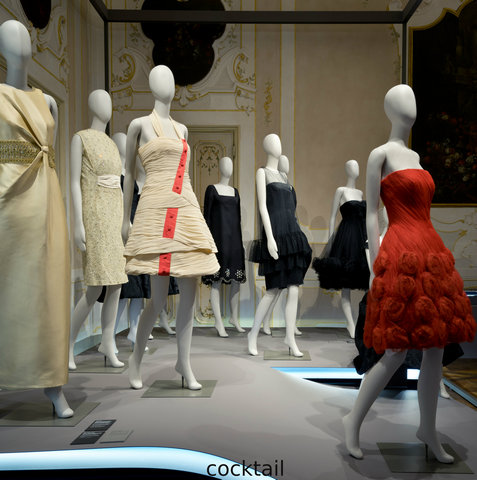

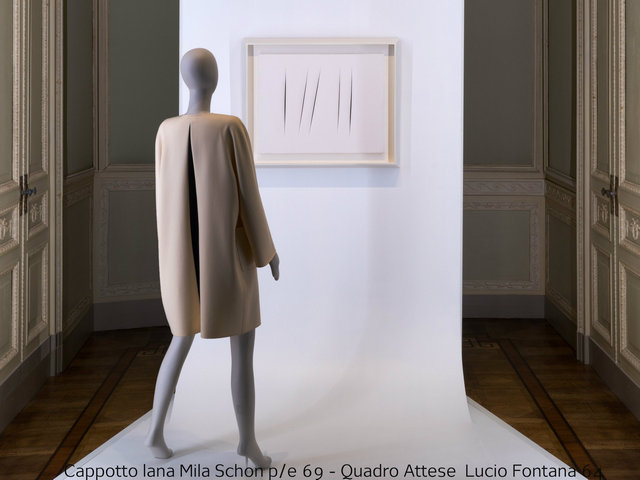
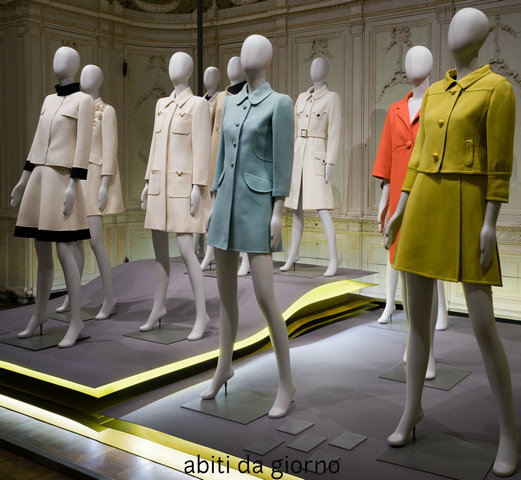
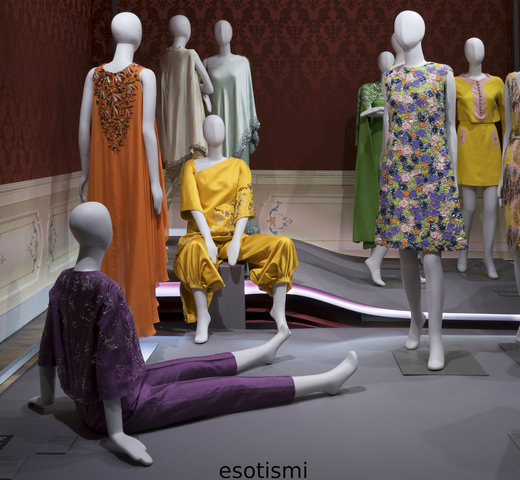

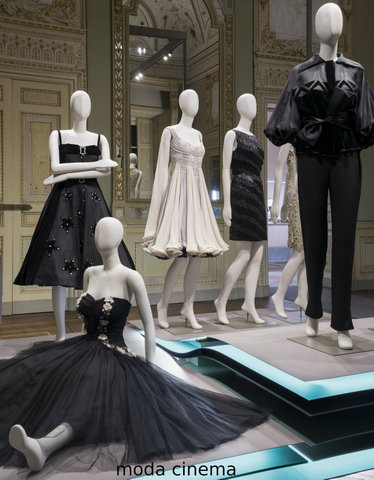
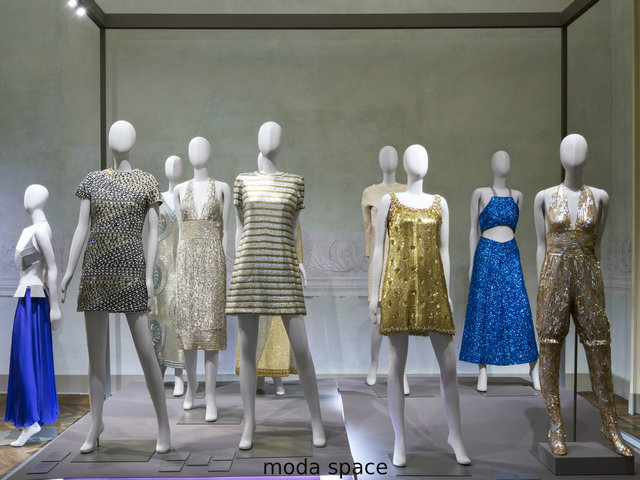
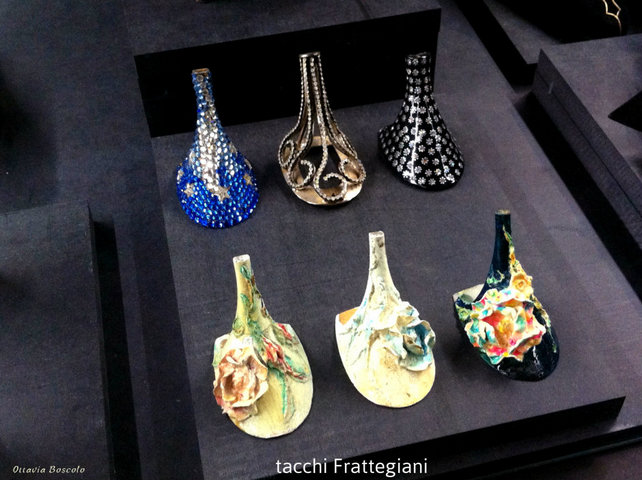

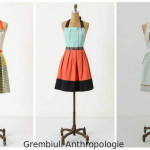
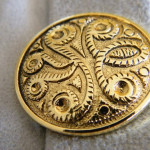
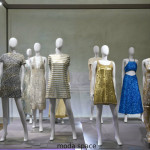
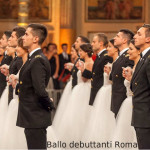


Comments by Susanna Pirola